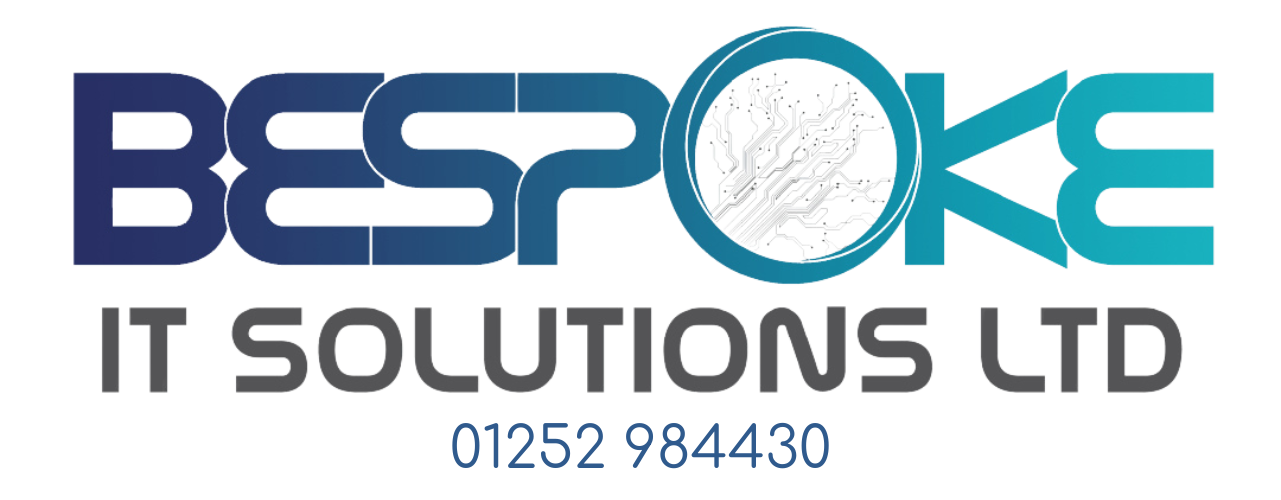Updates to Microsoft Subscription Pricing
We have some news to share! Microsoft is rolling out important updates to their subscription pricing in the coming months. These changes are part of Microsoft’s regular pricing reviews and are designed to ensure you get the best value for your subscription. Here’s everything you need to know:
Key Changes to Microsoft Subscription Pricing
Starting from 1st April 2025, Microsoft will be adjusting their subscription pricing. If you have an annual commitment but pay monthly, you will see a 5% price increase. However, if you choose to pay annually upfront, this increase will not apply to you. This means you can lock in your current pricing and avoid any future increases for the duration of your annual commitment.
Timing of Price Changes
All price changes will only take effect at the renewal of your agreement. This means your current pricing remains unchanged until your next renewal date. It’s a great opportunity to review your subscription plan and make any necessary adjustments to ensure you’re getting the best value.
How to Switch to Annual Upfront Payment
To avoid the 5% price increase, you can switch to an annual upfront payment plan at the time of your renewal. This option allows you to lock in your current pricing and avoid any future increases. To make this switch, please contact our sales team at salesteam@bespokeitsolutions.com They will assist you in setting up the annual upfront payment and ensure you get the best value for your subscription.
We understand that this is a lot to take in, so we’re providing further guidance and information to help make everything clearer. We will be sharing videos on our social media about this in the coming weeks to help make this simpler for you.
Stay tuned for more updates and feel free to contact us if you have any questions! Contact our sales team at salesteam@bespokeitsolutions.com to lock in your pricing today.



